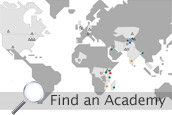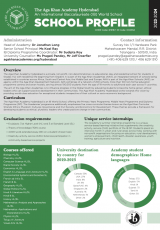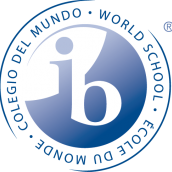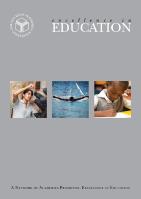Bridging the Digital Divide
“With the world turning digital so rapidly, I watch as we all become shackled to the dark depths of the Internet. I can’t help but feel I must act upon it; I must do my part.”
Shashini Bommala of DP1 is the founder of Bridging the Digital Divide – a project set up to bridge the learning gap in the understanding of technology today. With the integration of so much digital learning in our courses, digital citizenship has become critical. Moreover, the pandemic required us to depend on digital technology – but we are not even close to being able to work safely with it.
"Although we have the benefit of knowing about the risks associated with the digital age, it worries me that those without access to these resources are left stranded," says Shashini. "This is meant to be elemental. It is vital that this learning gap is bridged. This is due to the cultural and societal stereotypes that come with the broad economic and age differences. The project aims to educate students in government schools about Digital Citizenship."
In this process of spreading awareness, how does your contribution come in?
The teacher welfare programme that was set up at the school for tribal and social welfare schools served as the inspiration for the original concept. In fact, I created a brief lesson plan geared towards instructors. The four key components – sharing, accessing, security and support – are the main emphasis. Each element has its own exercises designed for the students to participate in for better understanding. I know there are other courses on digital citizenship, but I have found them to be dominated by a foreign cultural setting. This is why it was crucial for me that this project was culturally appropriate. I wanted to ensure that students are at ease while learning, which makes information retention easier.
What sparked this idea and your personal interest in the field?
“I am an avid technology user,” says Shashini, “and I see how people around me now rely more on devices. Every time I find myself scrolling on my phone, the thought of why I cannot get off it bothers me. I have been fortunate enough to have access to resources that make me aware of the workings of the internet, but I realise not everyone has that luxury. I think that since things are continuously changing, it's important to stay current in order to avoid getting sucked into the digital world's traps.”
After finishing her Personal Project on a related subject, Digital Minimalism, Shashini’s interest in the subject grew even more. A course book written for children who are snared by the Internet was her passionate endeavour. She later realised, though, that her original concept was intended for a relatively limited audience that had easy access to these resources. She was motivated by a sense of responsibility to people who were unable to access them, and thus "Bridging the Digital Divide" was born.
Where would you like to project to go in the future?
“I am currently in the process of approaching the Telangana Education Board to ensure that this is declared a mandatory learning course. (Students must put in 10–30 hours of instruction),” says Shashini. The effects of this course will only be sustained and guaranteed after that. It is even more crucial to ensure students have sufficient access to information about it now, as so many schools have started using digital technology in their lessons.





